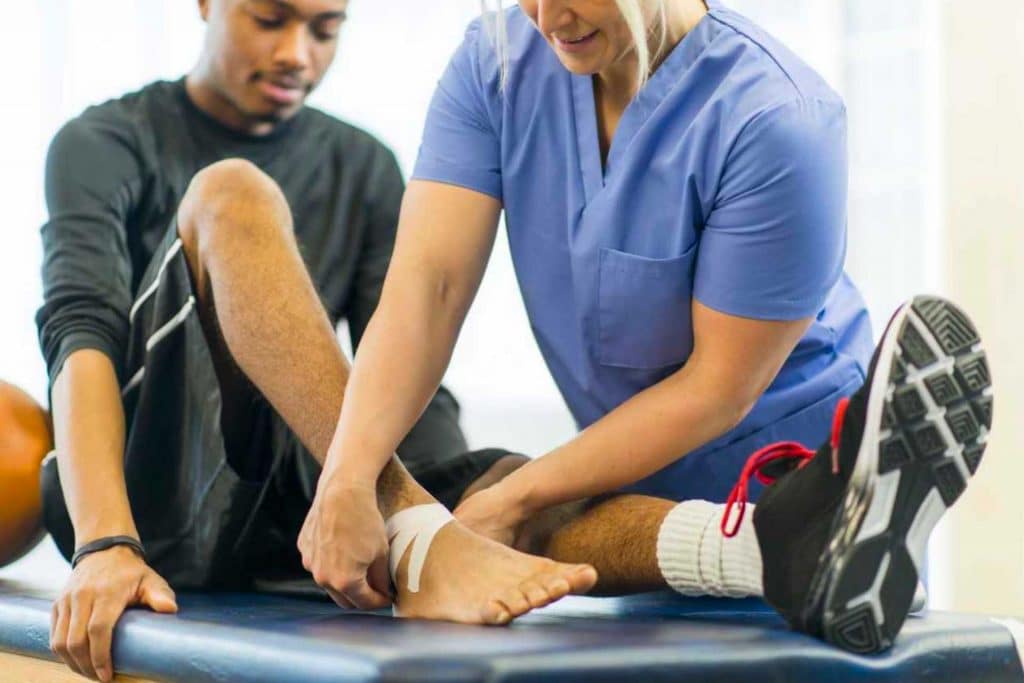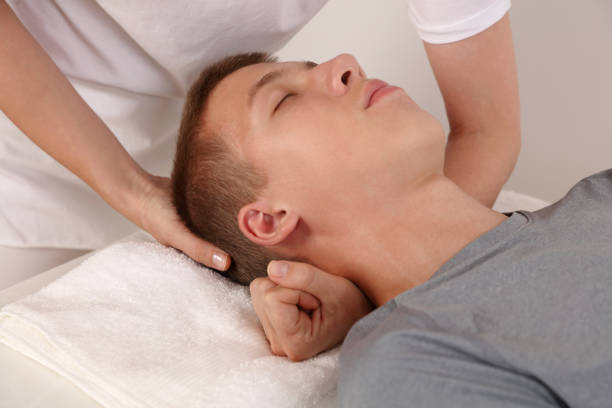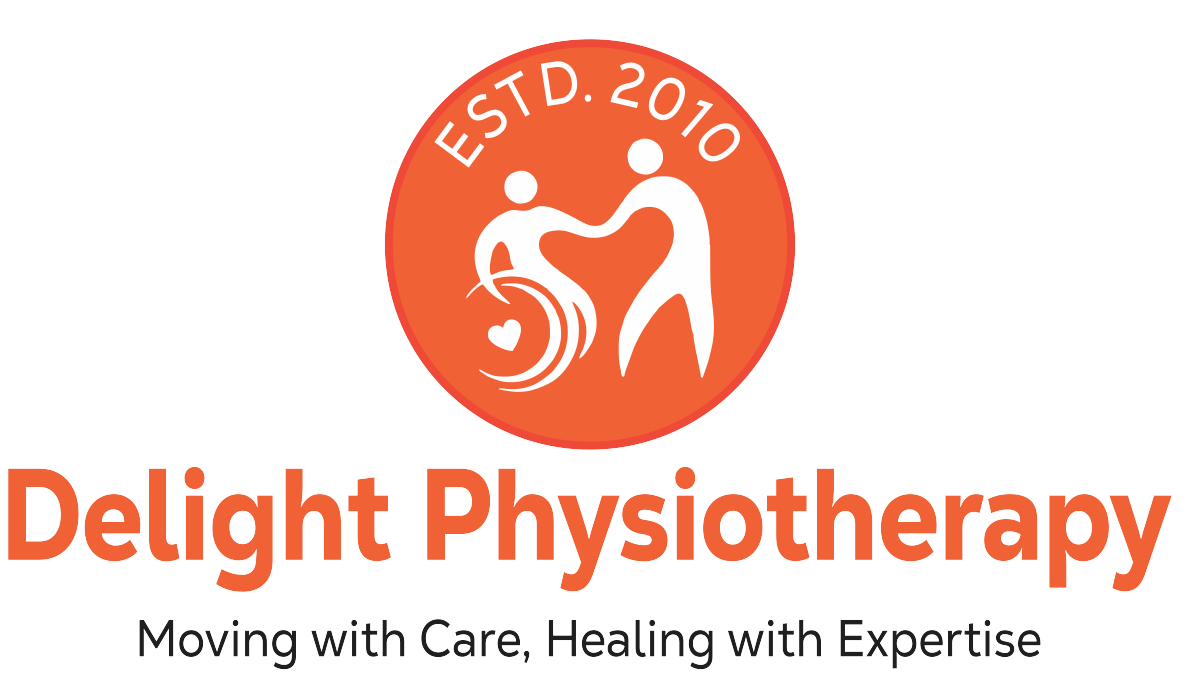Our Services

Physical Therapy
Physical therapy, or physiotherapy, is a healthcare specialty focused on restoring movement, function, and quality of life for individuals affected by injury, illness, or disability. Physical therapists are trained professionals who assess patients’ physical limitations and design individualized treatment plans to help them regain strength, flexibility, and mobility. Common techniques in physical therapy include exercises, manual therapy, and the use of equipment like resistance bands and treadmills.
Neck and Back pain
Neck and back pain are common issues affecting millions of people worldwide, often resulting from poor posture, muscle strain, or injury. Modern lifestyles, which often involve long hours at desks, driving, or using mobile devices, can contribute significantly to discomfort in these areas. Neck and back pain can be acute, stemming from sudden strain, or chronic, developing gradually from conditions like arthritis, herniated discs, or spinal stenosis.


Sports Injury Rehab
Sports injury rehabilitation is a specialized approach to help athletes recover and regain peak performance after an injury. Sports injuries, such as sprains, strains, fractures, or ligament tears, can be caused by sudden impacts, overuse, or poor conditioning. A well-structured rehabilitation program aims to restore strength, flexibility, and coordination while preventing future injuries.The rehab process begins with a thorough assessment by a physical therapist or sports medicine specialist to understand the injury’s extent.
Weight Loss and Systemic Illness
Weight loss and systemic illness are often interconnected, as many chronic conditions can lead to unintended weight loss, and maintaining a healthy weight can be crucial for managing systemic illnesses. Systemic illnesses, such as diabetes, heart disease, cancer, and chronic infections, affect the body as a whole, impacting multiple organs and systems.


Neurological Rehab and Paralysis
Neurological rehabilitation (neuro-rehab) is a specialized field dedicated to helping individuals recover from nervous system injuries or conditions that affect the brain, spinal cord, and peripheral nerves. Paralysis, a severe loss of muscle function in one or more body parts, is often a result of neurological damage from conditions like stroke, spinal cord injury, multiple sclerosis, or traumatic brain injury. individuals living with paralysis.
Dry Needling Acupuncture
Dry needling is a therapeutic technique similar to acupuncture, primarily used to relieve muscle pain and tension. Unlike traditional acupuncture, which is based on Chinese medicine principles, dry needling is rooted in Western medicine, targeting “trigger points” within muscles. These trigger points are tight, painful areas within muscle tissue that can cause referred pain, restricted movement, and reduced function. and improve blood flow.


Stress and Sleep Disorders
Stress and sleep disorders are closely intertwined, with each often exacerbating the other. High stress levels, whether due to work, personal issues, or lifestyle factors, can lead to disturbances in sleep patterns, including insomnia, restless sleep, and reduced sleep quality. When stress activates the body’s “fight or flight” response, it triggers the release of stress hormones like cortisol and adrenaline, which can make it difficult to relax and fall asleep.
Craniosacrial Therapy
Craniosacral therapy (CST) is a gentle, non-invasive technique aimed at relieving pain, tension, and stress by working with the craniosacral system—the membranes and fluids surrounding the brain and spinal cord. Practitioners use a light touch to manipulate specific areas of the skull, spine, and sacrum, promoting the body’s natural healing processes. By sensing subtle rhythms and identifying restrictions in the craniosacral fluid’s movement, therapists can help release tensions and improve circulation, which can reduce pain and improve overall physical and emotional well-being.


Osteopathy
Osteopathy is a holistic healthcare approach that focuses on the treatment and prevention of musculoskeletal issues by using manual techniques to improve the function of the body’s joints, muscles, and bones. Osteopathic practitioners, known as osteopaths, emphasize the interconnectedness of the body’s systems, understanding that problems in one area can affect overall health. The goal of osteopathy is to restore balance and improve movement, not only to alleviate pain but also to support the body’s natural healing abilities.
Headaches and Migraines
Headaches and migraines are common but debilitating conditions that can significantly impact daily life. A headache is typically characterized by pain or discomfort in the head, scalp, or neck, while a migraine is a more intense, often debilitating condition that may include symptoms such as nausea, vomiting, sensitivity to light or sound, and visual disturbances. Headaches can be caused by factors such as stress, tension, dehydration, poor posture, or sinus issues.


Chiropractice
Chiropractic care is a healthcare discipline that focuses on diagnosing and treating musculoskeletal disorders, particularly those related to the spine. Chiropractors use hands-on techniques, including spinal adjustments, to manipulate the spine and other joints in the body, aiming to improve alignment, reduce pain, and enhance mobility. The underlying principle of chiropractic care is that misalignments, known as subluxations, in the spine can affect the nervous system and lead to a variety of health issues, including back pain, neck pain, headaches, and even digestive problems.





